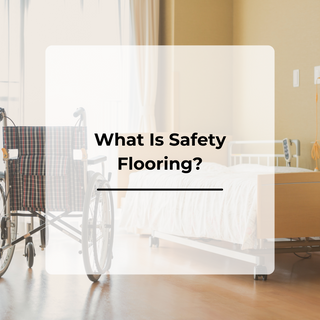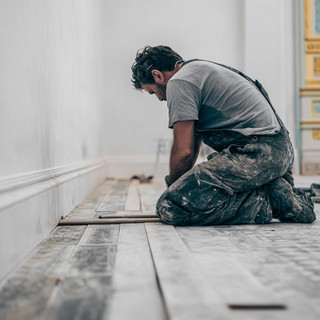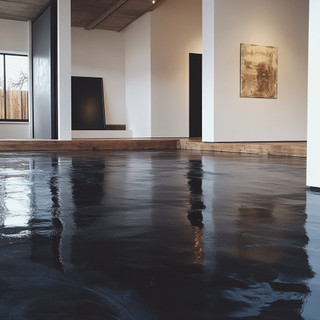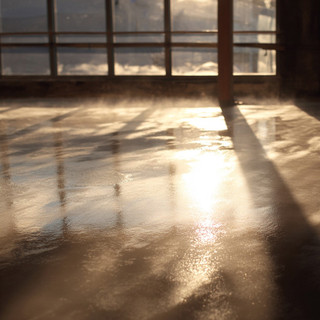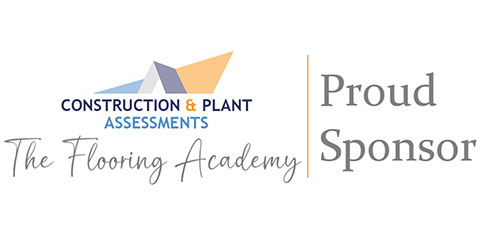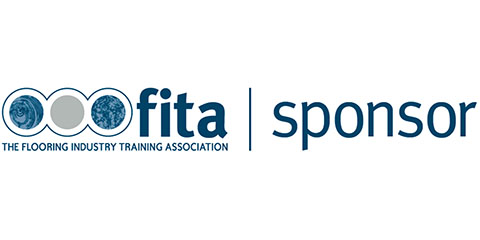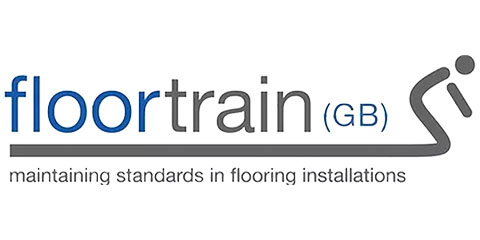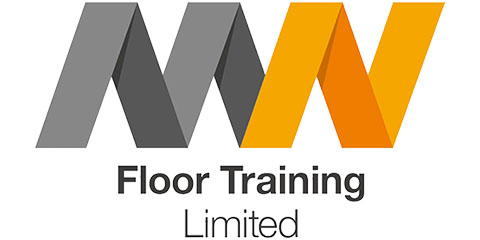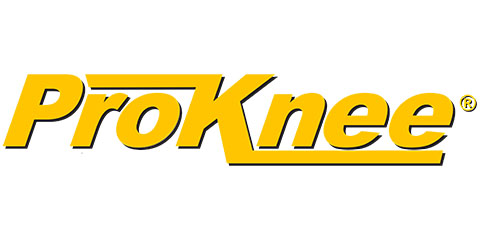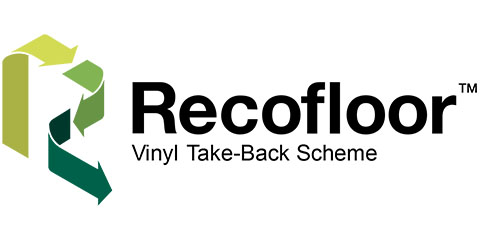What Is Safety Flooring?
Posted by Teri-Ann Fisher on 15th Jul 2025
Safety flooring is a type of vinyl or rubber flooring specifically designed to reduce the risk of slips, trips, and falls. It’s commonly used in environments where safety and hygiene are a priority, such as hospitals, schools, commercial kitchens, care homes, and leisure facilities.
This flooring solution provides long-lasting performance and is built to handle heavy traffic, moisture, and contaminants. It plays a key role in ensuring compliance with health and safety regulations, making it a critical choice for many commercial and public sector spaces.
Key Features of Safety Flooring
Slip Resistance
Safety flooring has built-in slip resistance that remains effective even when the floor is wet or contaminated. Many ranges are tested to meet R10, R11, or R12 slip ratings, and offer a Pendulum Test Value (PTV) of 36 or higher, which indicates a low risk of slipping.
Durability
Constructed with tough wear layers and reinforced surfaces, safety flooring can withstand constant footfall, rolling loads, and chemical spills. It typically lasts 15 to 20 years with minimal wear and tear.
Hygiene and Easy Maintenance
Safety flooring is often treated with antimicrobial or bacteriostatic layers to prevent the growth of germs, making it ideal for healthcare and food preparation areas. Its smooth, sealed surface is easy to clean and resistant to staining.
Low Maintenance Requirements
These floors do not require polishing or waxing, reducing both labour and maintenance costs. Regular cleaning with basic detergents is usually sufficient to keep them looking good and performing well.
Compliance and Safety Standards
Installing safety flooring helps businesses comply with health and safety legislation. It supports safe working environments by reducing the likelihood of accidents and maintaining cleanliness standards in sensitive areas.
Types of Safety Flooring
There are several styles and specifications of safety flooring to suit different environments:
- General-Purpose Safety Flooring
For corridors, classrooms, and waiting areas, this type provides reliable slip resistance and durability.
- Wet Room Safety Flooring
Designed for use in bathrooms, changing rooms, and poolside areas, these floors are slip-resistant in barefoot conditions and can be hot-welded for a fully watertight seal.
- Heavy-Duty Industrial Safety Flooring
Used in areas such as commercial kitchens, service bays, and warehouses, this flooring is thicker and reinforced for greater resistance to impact and chemicals.
- Decorative Safety Flooring
These ranges combine slip resistance with stylish patterns or realistic wood and stone finishes, making them suitable for retail, hospitality, and settings where visual aesthetics matter.
Benefits at a Glance
- Reduces accident risk in wet or high-traffic areas
- Resists wear, chemicals, and stains
- Easy to clean and maintain
- Offers a wide variety of colours and designs
- Complies with hygiene and safety regulations
Ideal Settings for Safety Flooring
Safety flooring is recommended for:
- Healthcare environments such as clinics and hospitals
- Education settings including schools and nurseries
- Hospitality spaces such as bars, kitchens, and food courts
- Residential care homes and accessible bathrooms
- Commercial and public transport buildings
- Wet rooms, spas, and leisure centres
Choosing the Right Safety Floor
To select the right product, consider the following:
- Foot Traffic Levels – Busier spaces need thicker wear layers
- Slip Resistance Rating – Match the slip rating to the environment, especially for wet or sloped areas
- Design Requirements – Choose styles that suit the space’s aesthetic without compromising on safety
- Installation Needs – Adhesive-free options are available for faster fitting and minimal disruption
- Maintenance Expectations – Consider ease of cleaning and long-term upkeep

